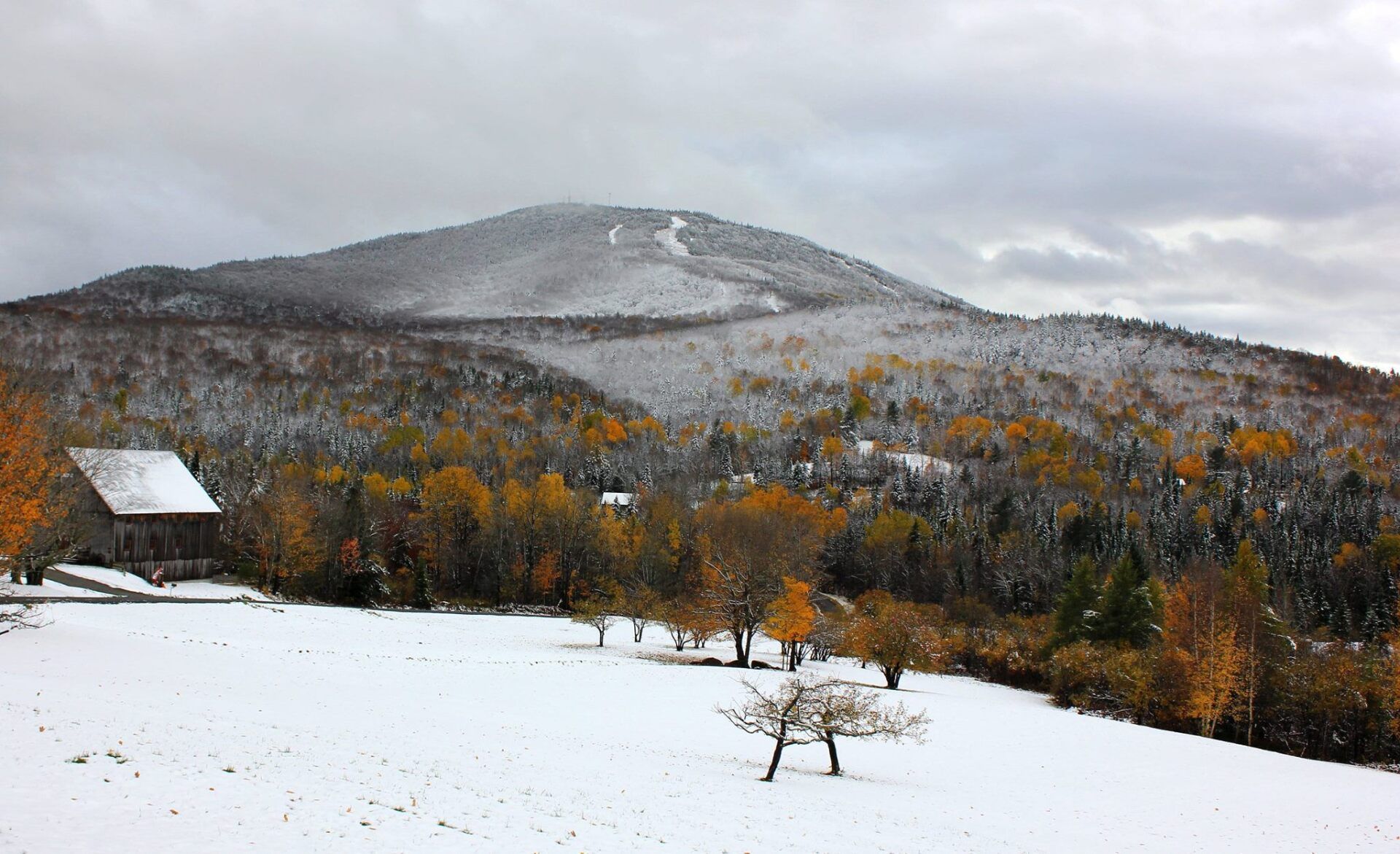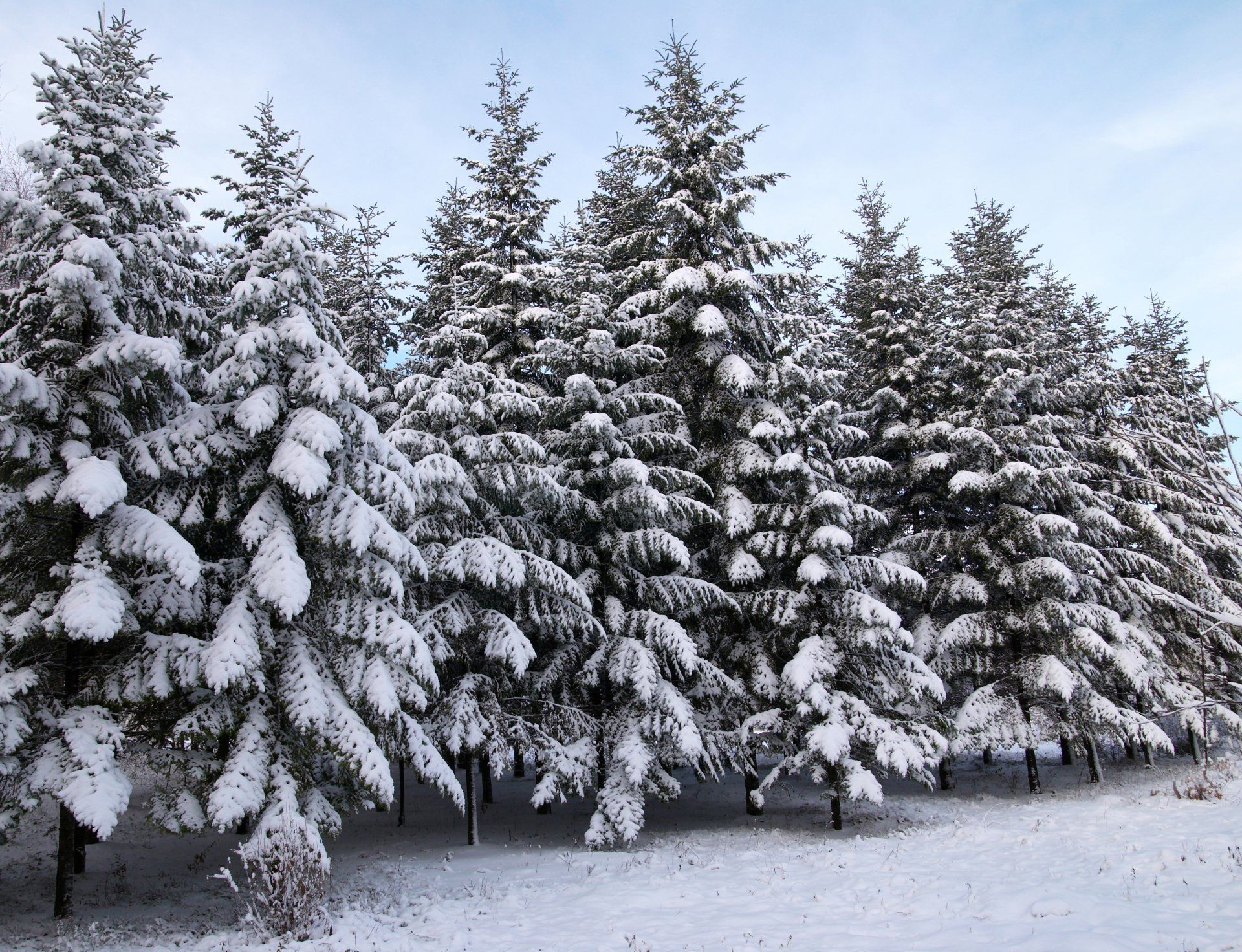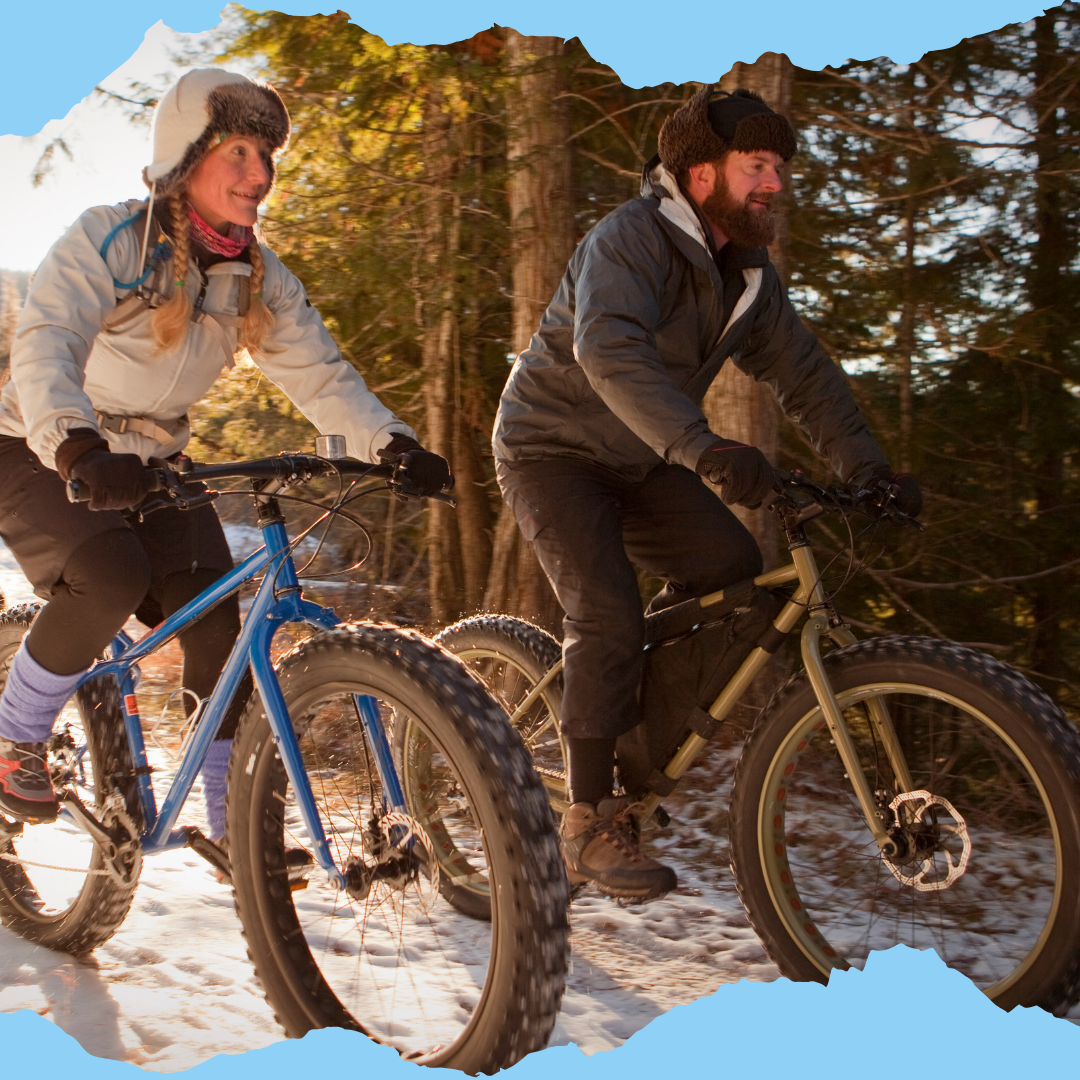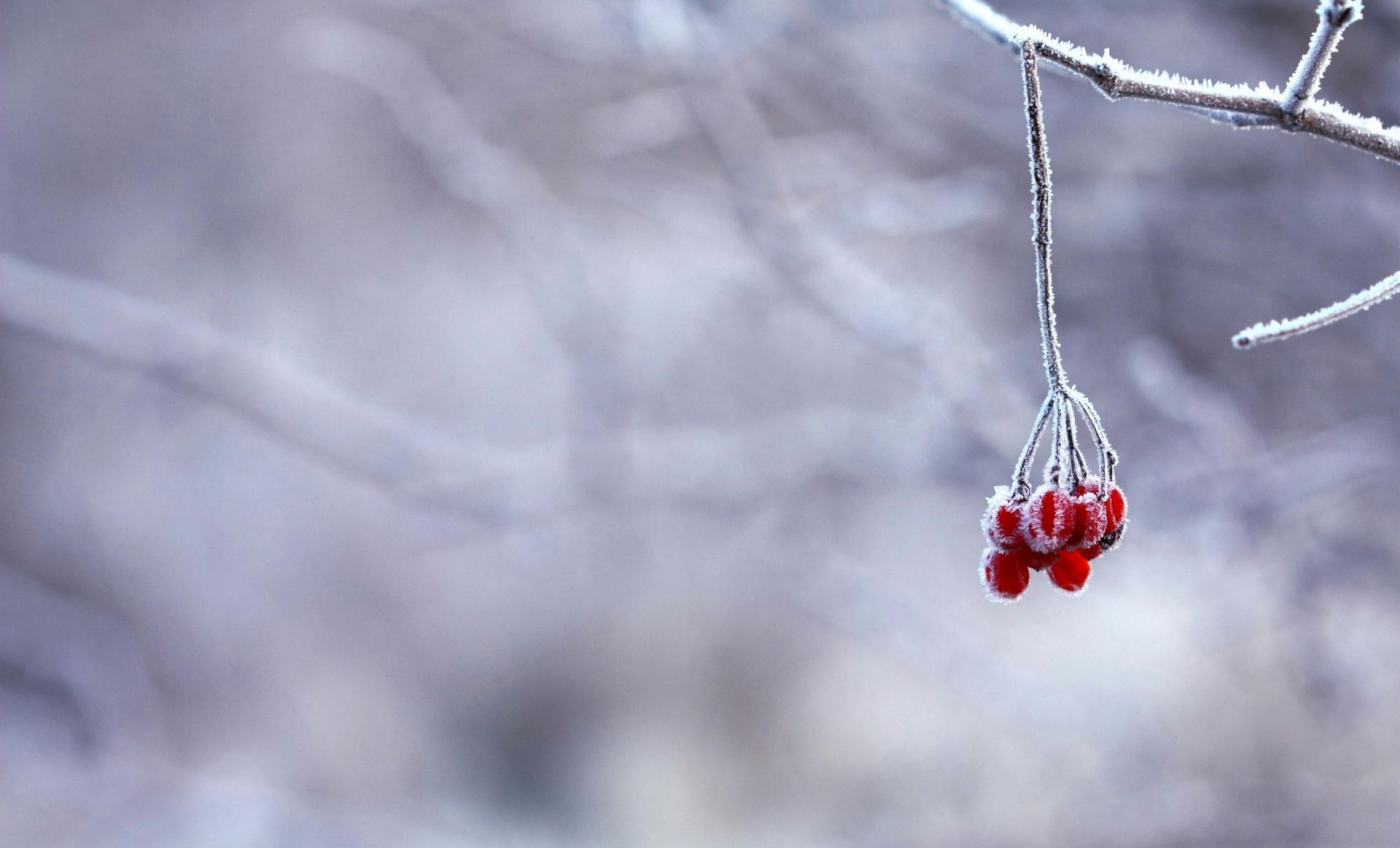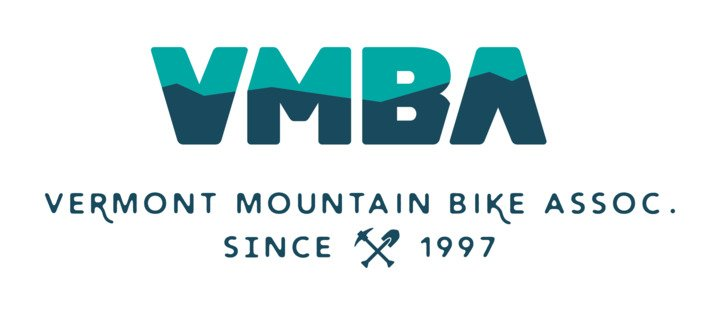Part One : Four Types Of Skiing And Their Key Attributes

If you’re unfamiliar with skiing and all it entails, it can be easy to become overwhelmed. Between Alpine skiing, Nordic skiing, cross-country, and all the others, there’s a lot of terminology before you can even get to discussing gear!
Maybe you’re not totally new to skiing, but are only familiar with one style, or love skiing movies and thought downhill was all there was. Then one day on a whim, you walked into a ski shop, told the lovely person behind the counter that you wanted to buy a pair of skis. The salesperson was happy to help you and took you to the ski section. Everything was going great until the questions started. Naturally, you were completely unprepared for the avalanche of questions heading your way.
…Is it bad luck to talk about an avalanche while discussing skiing? Yikes. Knock on wood! I’m sure there’s a tree around you somewhere. You are an outdoorsperson, aren't you?

Now that you’ve tapped a tree, we'll get into the most popular skiing techniques and disciplines. In this two-part series, we will address the 8 different styles of skiing, and the key attributes of each one.
Downhill or Alpine Skiing
Downhill skiing is probably the most well-known type of skiing there is. This is what you think of when you call to mind a Hallmark movie where the unsuspecting woman falls for her cute ski instructor, only to find that she was in love with her best friend the whole time. Who knew, right?
Most downhill skiing takes place at some kind of resort, hence the Hallmark. Typically, skiers will head to a local resort, take a ski lift to the top of a mountain, and then race to the bottom of a groomed trail. The goal here is to make it safely from the top of the mountain to the bottom.
Seems pretty straightforward, right? Well, that’s because it is. Downhill skiing is an excellent stepping stone into the world of skiing. The trails are well-maintained so there’s less risk of tree-inflicted injuries, and there’s typically a lift, so you don’t have to trudge to the trail on foot. Let gravity do the majority of the work so you can focus on the fun.
Of course, as you become more advanced in downhill skiing, you may opt for an advanced slope, which could feature trees, difficult turns, and hills.
Before you head for the hills, literally, make sure you familiarize yourself with your chosen resort. Find out what types of slopes they offer. Typically there will be bunny hills and beginner slopes, though some ski resorts might skip straight to the tough stuff. As soft as snow looks, once the powder is hard-packed it can be as painful as falling onto concrete. Make sure you start at the right level for your skill, and remember, it’s better to be safe than sorry.
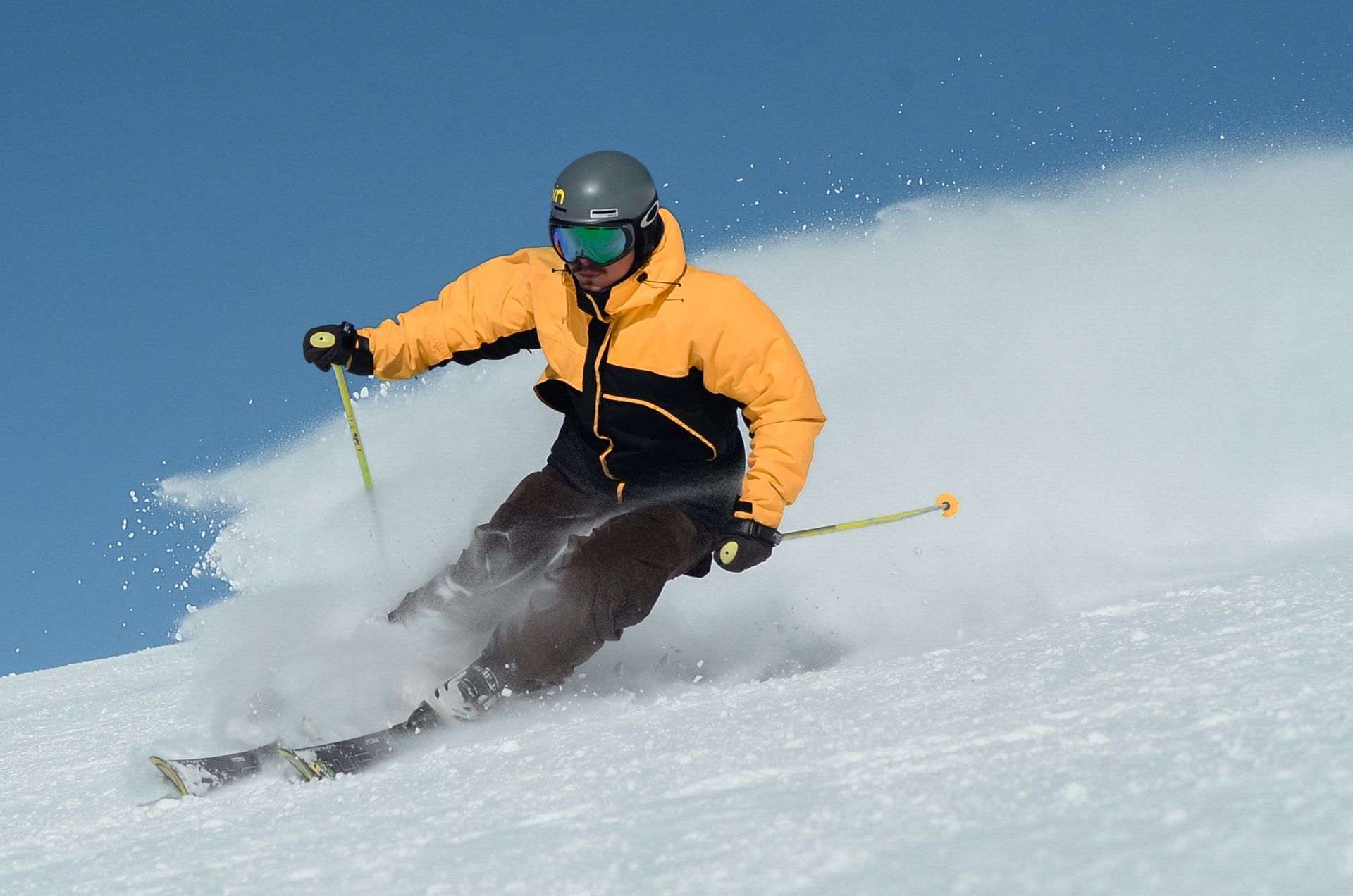
Backcountry or Off-piste skiing
Remember how I said gravity would do the work for you in the last one? Well, backcountry skiing is pretty much the opposite. If you’re looking for an intense workout, Backcountry skiing is an excellent way to go.
Typically, this type of skiing will be done on un-groomed snow where there are no trails. This can be done in mostly flat fields, or down the side of the mountain. Because the terrain varies so much, the amount of risk involved in this sport is substantially higher. The lack of trail maintenance could mean hidden obstacles that won’t be discovered until you have the misfortune of happening upon them. In addition, because you’re not at a resort, there won’t be a line of attendants waiting to help you with first aid.
Make sure to never go alone, and always have someone outside of your skiing group that knows where you are, and when you’ll be returning. If your entire group gets stuck in a blizzard, no one that’s with you will be able to help get you out.
Backcountry skiing isn’t something you should jump into without first getting the proper training. You will need to have a mastery of the skiing basics, and a decent grip on some intermediate skiing techniques. Training in avalanche rescue and assessment is also a must.
Nothing kills a ski buzz like an avalanche. I have no first-hand experience confirming this, but it feels like a pretty safe guess.
Alpine Touring, AT, Or randonnEe
"But wait, you just mentioned this!"
Nope. Alpine touring is actually different from alpine skiing. And the shop attendant wondered why you were so confused.
Alpine Touring, AT, or Randonnée, is a specific type of backcountry skiing. The main difference between Alpine Touring and good ol’ backcountry is your gear. With backcountry skiing, your ski bindings will leave your heel free during the entire adventure. With Alpine Touring, however, your heel will be free at times and locked in place at others. This hybrid approach allows you to climb hills with your heels free, then lock your heels into place for the ride down.
Aside from the change in gear, backcountry and alpine touring are near indistinguishable. You still require all the same skills and should take the same precautions.
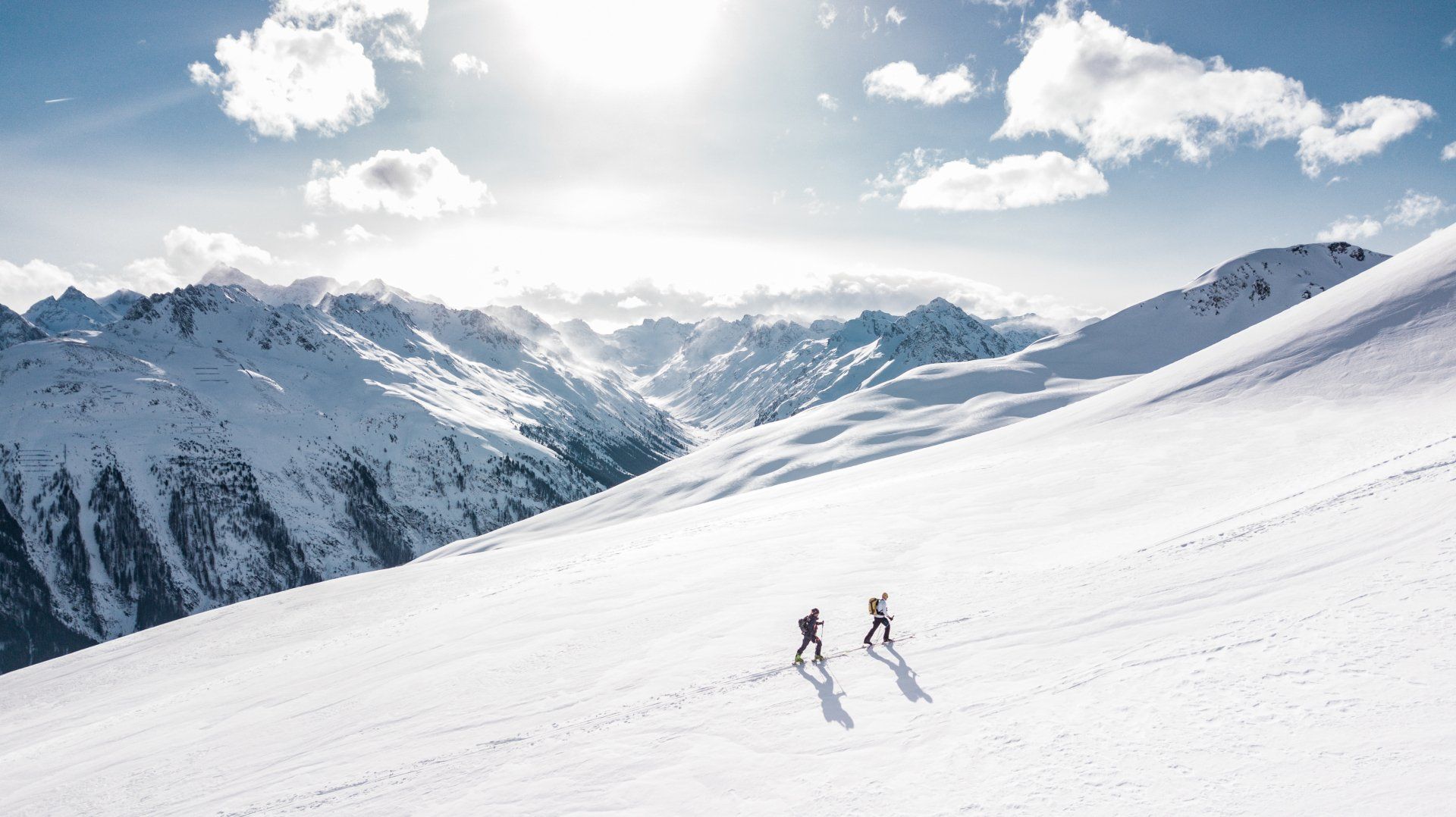
Cross-Country, XC, or Nordic Skiing
Cross-Country skiing is a more middle-of the road type of skiing. It can be done both in a resort setting, or in the backcountry. Unlike the other skiing styles mentioned above, cross-country skiing is done on terrain that is predominantly flat, or gently rolling.
The main goal of cross-country skiing is to travel long distances using only their own locomotion to propel them forward, as opposed to traveling to the top or bottom of mountains. Cross-country skiing is an excellent option for those who like to snowshoe, or take their time and really enjoy the location they’re in.
Cross-country skiing is also further categorized into two additional categories. Because there wasn’t enough terminology to learn, obviously.
Cross-Country Classic
This technique will feel the most natural to the skier. It’s similar to walking, with the addition of skis and poles. The key to this technique is in the short kick, where you press your “kick zone” into the snow. This prevents you from sliding backward and allows you to instead glide forward.
Cross-Country Skating
The skating style is also commonly referred to as the free technique. The trick to mastering this technique is in the v-style. You’ll push the edge of your ski into the snow and press hard against it, then move your weight to the other ski to glide. This style is named for its similarities to ice skating.
With proper skill and equipment, you’ll be able to reach higher speeds than with the classic technique, making the complexity so worth it!
